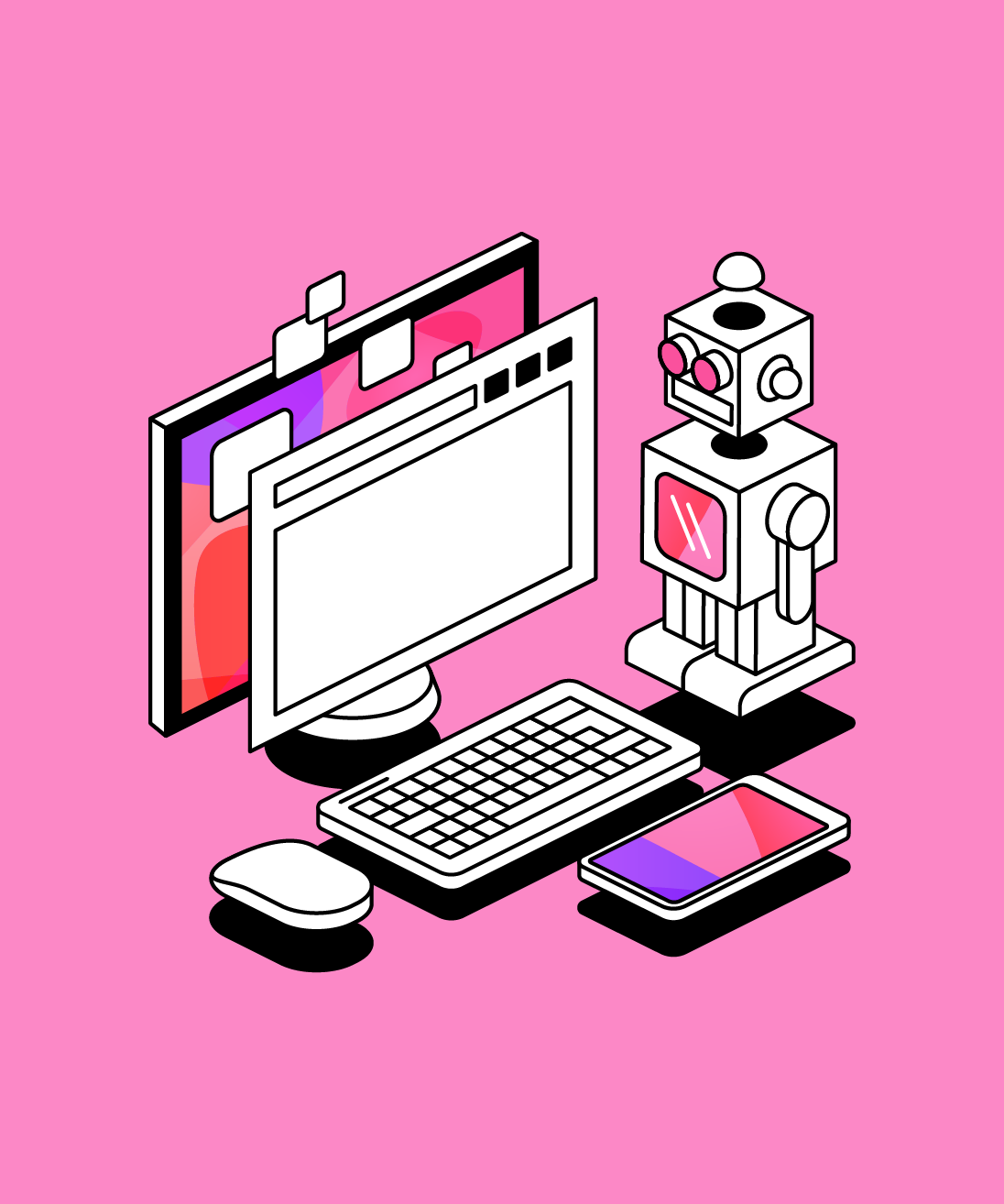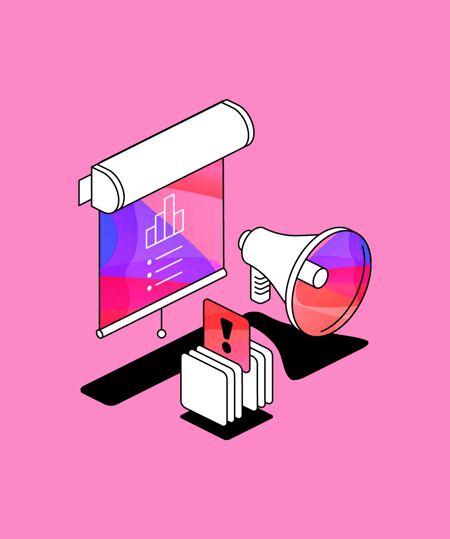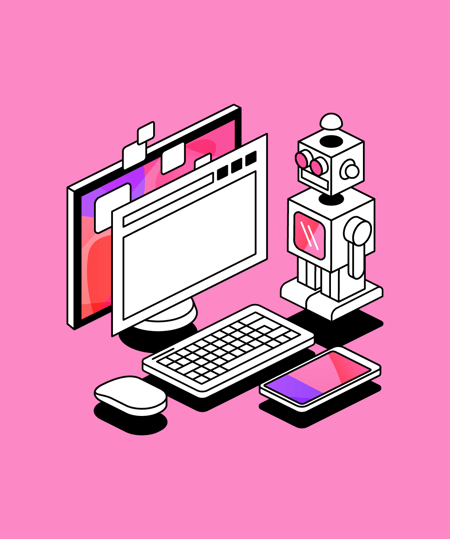Practical strategies to support neurodivergent students
Ellie, a late diagnosis neurodiverse student, draws from her personal experiences to offer guidance and practical strategies for disability professionals, to help create a more inclusive campus and classroom.
 2 min read
2 min read
 Published: 13 May 2025
Published: 13 May 2025
 Phoebe Hoar
Phoebe Hoar


The landscape of higher education is becoming increasingly diverse, with a growing number of neurodivergent students enriching our campuses.
To truly foster inclusive learning environments, disability professionals need to move beyond simply accommodating legal requirements and embrace proactive strategies that empower these students to thrive.
This article provides strategies for higher education disability professionals, drawing from the lived experiences of Ellie, a 20-year-old student at the University of St Andrews, who gained self-awareness of being autistic at 16 through social media.
Understanding neurodiversity beyond the label
Ellie's journey includes a late diagnosis of autism at age 16, which, in hindsight, illuminated many of her earlier struggles in school. In addition to autism, Ellie also identifies as having ADHD, dyslexia, OCD, and several comprehension disorders.
Ellie's experience underscores a crucial point: neurodiversity is not a monolithic concept. "It can show up very differently in different people," she emphasizes. While common profiles include autism spectrum disorder, ADHD, dyslexia, dyspraxia, and Tourette's Syndrome, each student presents a unique set of strengths and challenges.
Crucially, Ellie challenges the misconception that neurodiversity is not a disability. "One thing that has always bothered me is when people say that it isn't a disability. For some people, it can feel debilitating," she asserts, advocating for the recognition of the very real challenges neurodivergent students face. This understanding forms the bedrock of effective support.
Tips for creating an inclusive learning environment
Ellie offers a range of practical strategies to create a more inclusive learning environment, focusing on sensory considerations, communication, and flexibility:
- Sensory sensitivity: Sensory issues can be a major barrier for neurodivergent students. Ellie vividly describes the impact of echoey classrooms, fire drills, and even the buzzing of lights. Disability professionals can advocate for:
- Minimizing sensory overload: This might involve quieter study spaces, alternative lighting (e.g., lamps, dimmable lights), and awareness of potential triggers in classrooms and exam settings.
- Allowing sensory aids: Fidget toys and ear defenders can be invaluable tools for neurodivergent students to manage sensory input and focus.
- Clear communication: Vague instructions can be a significant obstacle for neurodivergent learners. Ellie stresses the need for "very, very clear and explicit instructions" and the benefit of providing information in multiple formats (verbal and written).
- Flexibility and understanding: Neurodivergent students may experience emotional dysregulation and fluctuations in their ability to engage. Ellie advocates for flexibility with deadlines and classroom expectations. She also highlights the importance of understanding Pathological Demand Avoidance (PDA) and Rejection Sensitivity Dysphoria (RSD), which can significantly impact how students respond to requests and feedback.
How to empower neurodivergent students for success
Ultimately, the goal is to empower neurodivergent students to succeed. Ellie's insights point to three key strategies:
- Teaching learning strategies: Ellie notes that she "never got taught how to learn," highlighting a critical gap in many educational settings. Disability professionals can advocate for incorporating explicit instruction in learning strategies into support plans.
- Centre work around special interests: Connecting academic work to a student's passions can significantly increase engagement and motivation.
- Fostering open communication: Creating a safe and supportive environment where students feel comfortable discussing their needs is paramount.
By embracing these strategies and truly listening to the voices of neurodivergent students like Ellie, higher education disability professionals can play a vital role in creating inclusive and equitable learning environments where every student has the opportunity to thrive.
More from Supporting Students
View All
 3 min read
3 min read
Why presentation skills are important for all college degrees
Here, we explore why presentation skills are essential for every student, regardless of their course assessments. Learn how presentation skills make up the invisible toolkit needed for different career paths, and how college support staff can help students build the transferable confidence needed for life after graduation.

 3 min read
3 min read
Why presentation skills are an essential tool for student confidence and empowerment
Here, we explore why presentation ability is one of the most underrated tools for lifelong confidence, creating a "snowball effect" that empowers students beyond graduation. Discover how presentation skills can build lifelong student confidence and empowerment, fostering resilience, adaptability, and career readiness.

 3 min read
3 min read
Strategies for implementing AI for better student engagement
92% of students are already using AI, yet only 36% receive institutional support. Here, we take a look at practical ways institutions can support students with the use of AI, promote AI literacy and optimize it for student engagement.





